In today’s interconnected digital world, communication between applications is more vital than ever. Whether you're building a SaaS platform, eCommerce site, or CRM system, you need tools that allow your software to interact with other systems seamlessly. Two of the most widely used methods for enabling such integrations are webhooks and APIs. While both serve the same purpose to exchange data between applications they function in very different ways.
If you're unsure whether to use a webhook or an API for your next project, you're not alone. Many developers and businesses grapple with this decision. Choosing the right method can dramatically impact your system’s performance, scalability, and user experience. In this guide, we’ll break down the differences between webhooks and APIs, explain how each works, and help you determine which is best for your specific needs.
What Is an API?
API stands for Application Programming Interface. It is a set of rules and protocols that allows one piece of software to interact with another. APIs define how requests should be made, how data should be formatted, and what responses to expect. They essentially act as a middleman that enables different software components to talk to each other in a predictable, structured way.
An API usually involves sending a request from your system to another system to retrieve or update information. This request can be made in several ways, but the most common protocol used is HTTP. When your app needs information from a server, it sends an HTTP request. The server then responds with the requested data in a structured format such as JSON or XML.
What Is a Webhook?
A webhook is a way for one system to send real-time data to another system as soon as an event occurs. Rather than having to request data from another application repeatedly, a webhook delivers data automatically when triggered. This makes webhooks event-driven, as opposed to APIs, which are request-driven.
To use a webhook, you set up a listener URL on your system that is capable of receiving incoming HTTP requests. When the event you're interested in occurs on the third-party system like a new customer signing up or a payment being processed that system will immediately send the relevant data to your webhook URL.
How They Differ in Real-Time Communication
One of the main differences between APIs and webhooks is how and when they exchange data. With APIs, you have to manually make a request to check if new data is available. This often involves polling, which means sending repeated requests at set intervals. Polling can be inefficient, especially if no new data is available, as it still consumes bandwidth and system resources.
In contrast, webhooks are triggered automatically. Once a specific event happens, the data is instantly pushed to your system without the need for continuous checking. This makes webhooks much more efficient for real-time updates, especially when you need to act on data changes immediately.
Use Case: APIs in Action
APIs are best suited for scenarios where your application needs direct access to large sets of data or must perform various operations. For example, if you're building a dashboard that pulls financial reports from different sources, using APIs allows you to fetch data whenever the user requests it. This gives you full control over the flow of information and ensures data is only retrieved when needed.
APIs are also ideal for managing CRUD operations Create, Read, Update, Delete. When your app needs to update user profiles, add records to a database, or retrieve analytics from another system, APIs provide a reliable, secure way to do so.
Use Case: Webhooks in Action
Webhooks shine in event-driven scenarios where you want to be instantly notified when something happens. Imagine you're running an eCommerce platform and want to receive a notification every time a payment is successfully processed. Instead of checking the payment gateway API repeatedly, a webhook can automatically send the transaction data to your system the moment it’s completed.
This kind of instant push notification allows your system to respond immediately whether that's updating order status, sending a receipt to the customer, or triggering follow-up actions. Webhooks reduce latency and make automation faster and more efficient.
Reliability and Error Handling
When comparing APIs vs. webhooks, it's important to consider reliability. APIs offer more predictable interactions because your system initiates the request. If something goes wrong, you can handle the error in real time and decide whether to retry or log the failure.
Webhooks, on the other hand, depend on the sending system to push data. If your webhook URL is down or your system is temporarily unavailable, you risk missing important data. Most modern webhook systems include retry logic to resend failed messages, but this isn’t always guaranteed.
To make webhooks reliable, you need to build robust error-handling mechanisms. Log every incoming request, validate the payloads, and ensure your endpoint is always online. Securing your webhooks with secret tokens and validating signatures is also essential to prevent unauthorized access.
Security Considerations
Both APIs and webhooks require thoughtful security implementation. With APIs, authentication is usually handled via API keys, OAuth tokens, or similar mechanisms. These ensure that only authorized users or applications can access your endpoints.
Webhooks must also be secured. Since webhooks are triggered externally, it's crucial to verify that incoming requests are coming from trusted sources. This is often done by signing the payload with a secret key and comparing it on your end. Failure to secure webhooks properly can leave your system vulnerable to data breaches or unauthorized commands.
Data Volume and Scalability
If your application deals with large volumes of data, using APIs might be more practical. APIs allow you to control how much data to retrieve and when to retrieve it, which is ideal for syncing databases or pulling large reports periodically.
Webhooks, on the other hand, are better suited for smaller, event-based payloads. They are not built for bulk data transfers but excel at sending lightweight updates quickly. If you need to sync large amounts of information, an API-based pull mechanism may be more stable and efficient.
Developer Effort and Complexity
When deciding between webhook and API integration, consider your team's development resources. API integrations are often more straightforward since they are synchronous and offer well-documented endpoints. Most platforms provide detailed API documentation, making it easier for developers to implement.
Webhooks can be more complex to set up and test. You need to create and host an endpoint, ensure it is accessible from the public internet, and handle the incoming data in real time. While many modern tools simplify webhook development, it still requires more infrastructure and ongoing monitoring.
Performance and Speed
Webhooks provide faster responses in scenarios where immediate action is required. For instance, if your platform needs to send an SMS when a user completes a form, a webhook can trigger that notification instantly. APIs, due to their request-based nature, might introduce delays if polling is involved.
However, in high-load systems, webhooks can become overwhelmed if events fire too frequently. Managing queues, rate limits, and retries becomes essential. APIs offer more controlled performance, allowing you to manage the pace and volume of requests more predictably.
When to Use an API
You should use an API when you need consistent control over the timing and frequency of data requests. APIs are ideal when your application performs actions on demand or requires full access to data sets. If you’re building dashboards, syncing large databases, or integrating with third-party services that require authentication and access control, APIs are your best choice.
APIs also offer better documentation, built-in testing environments, and more robust support from third-party platforms. They are foundational in most modern app architectures and are especially useful for building scalable, RESTful services.
When to Use a Webhook
Webhooks are the go-to solution for instant updates and real-time triggers. If you want to be alerted the moment an event occurs such as new user registration, completed payment, or form submission a webhook will deliver that data to you immediately. This is crucial for creating fast, reactive workflows that enhance user experience and reduce delay.
Webhooks also reduce server load, as they eliminate the need for continuous polling. Instead of making dozens of requests to check for changes, your system simply listens and responds when data is pushed to it. For real-time integrations and low-latency automation, webhooks are often the smarter solution.
Key Takeaways
Webhooks and APIs serve similar purposes but operate in fundamentally different ways. APIs are better for request-based communication and large-scale data management. Webhooks excel in event-driven scenarios where immediate responses are necessary. Understanding the strengths and weaknesses of each can help you design smarter, more efficient systems.
Choosing between a webhook and an API isn't always an either-or situation. In many modern applications, they are used together. Webhooks can notify your app when something changes, and your app can then use an API to fetch additional data or perform actions. This hybrid approach offers the best of both worlds.
Our Opinion
At the end of the day, your choice between webhook and API should align with the specific goals of your application. For real-time responsiveness, webhooks provide the agility you need. For comprehensive data control, APIs give you the structure and scalability required. Understanding how and when to use both will elevate your software's efficiency and user experience.
If you're planning an integration and unsure which path to take, contact us today. From architecture design to hands-on implementation, our team can guide you in selecting and optimizing the right communication method for your business.




.avif)


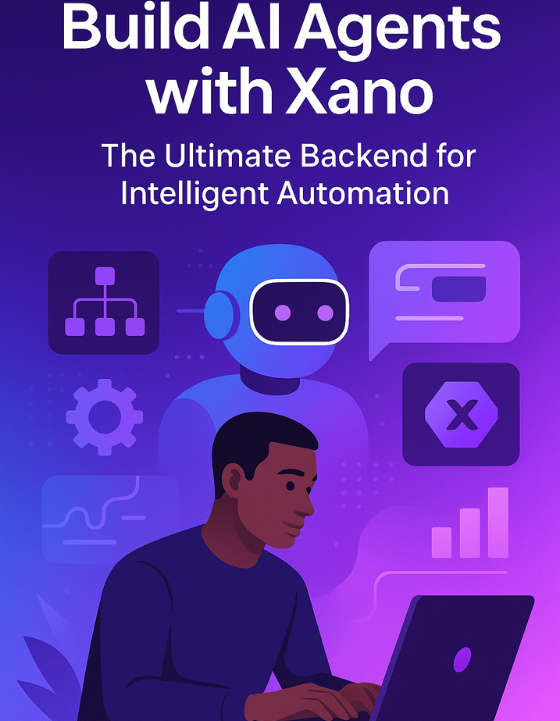
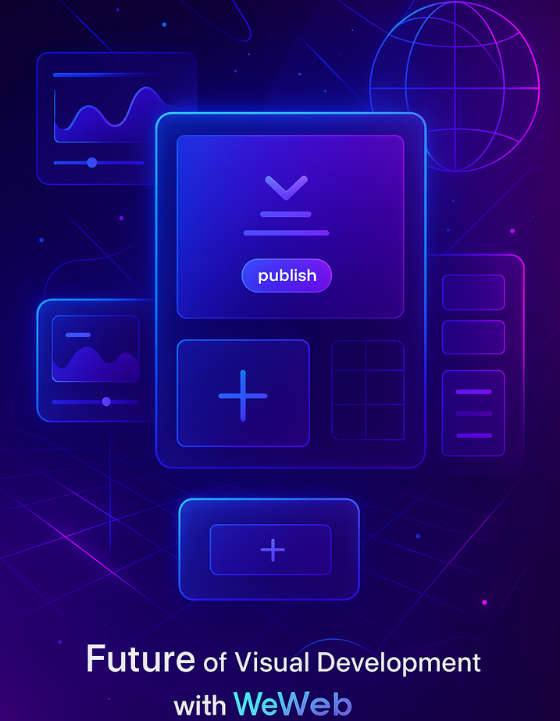
.png)
.png)
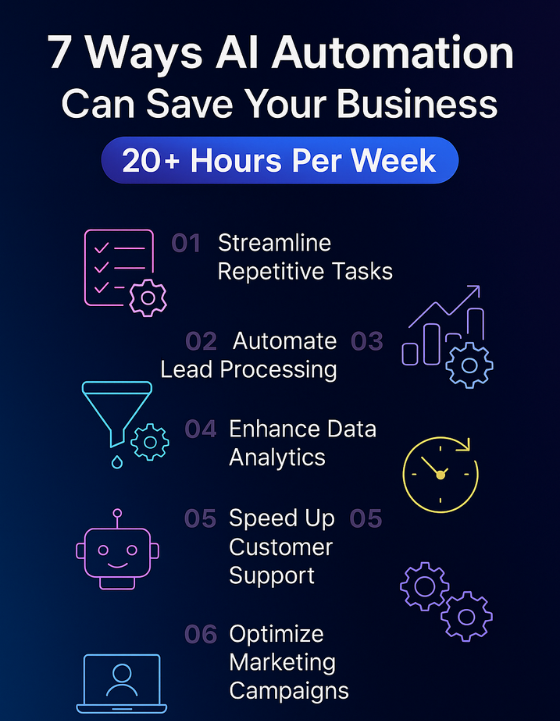
.jpg)
.jpg)
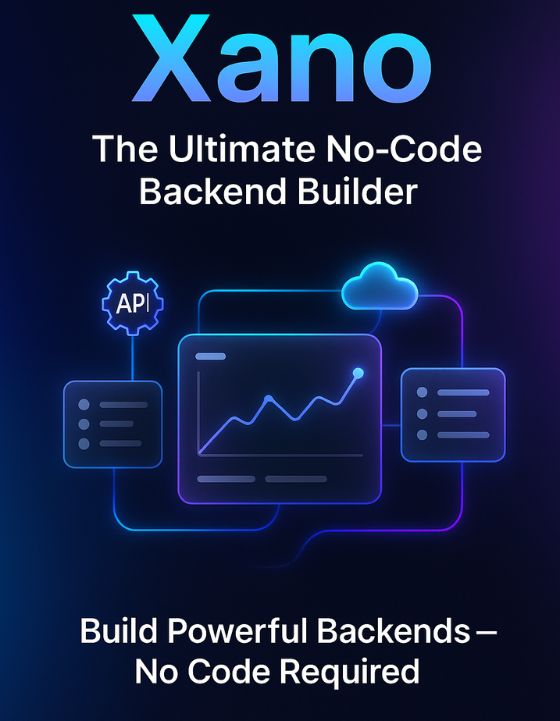
.png)
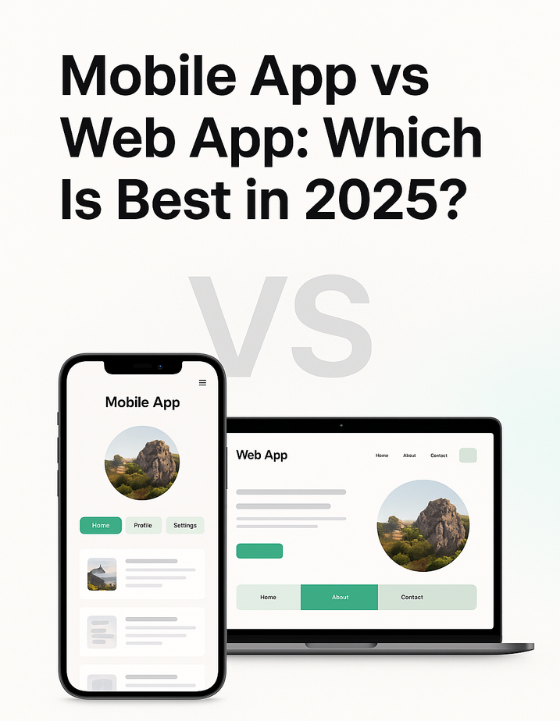
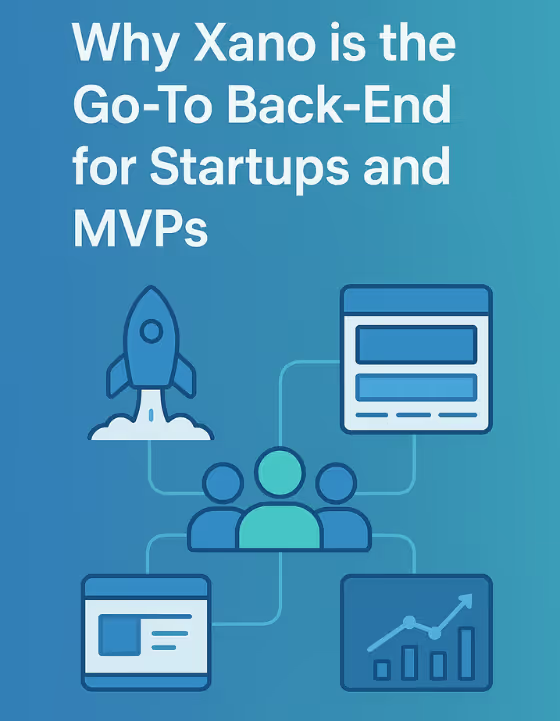


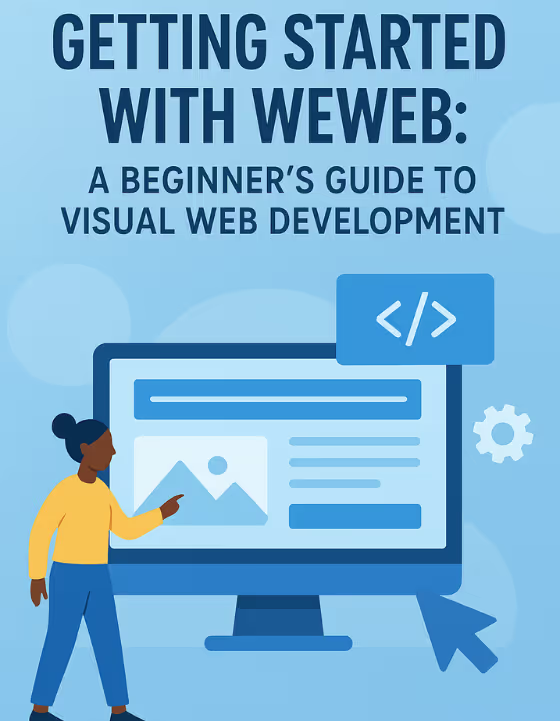
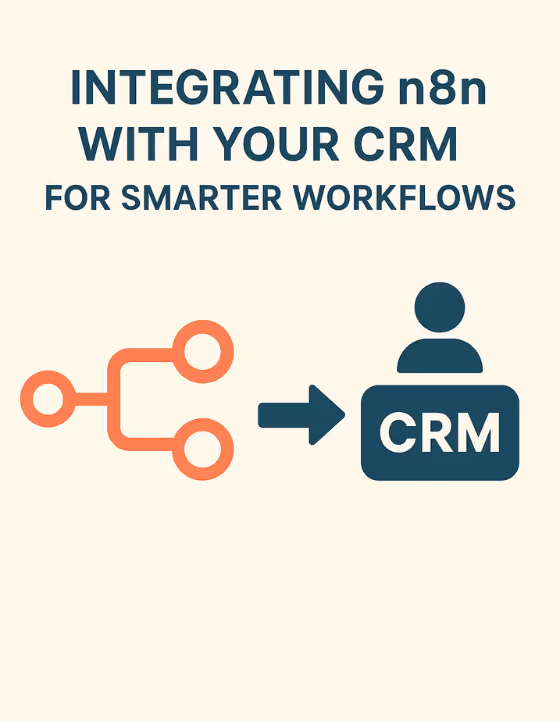
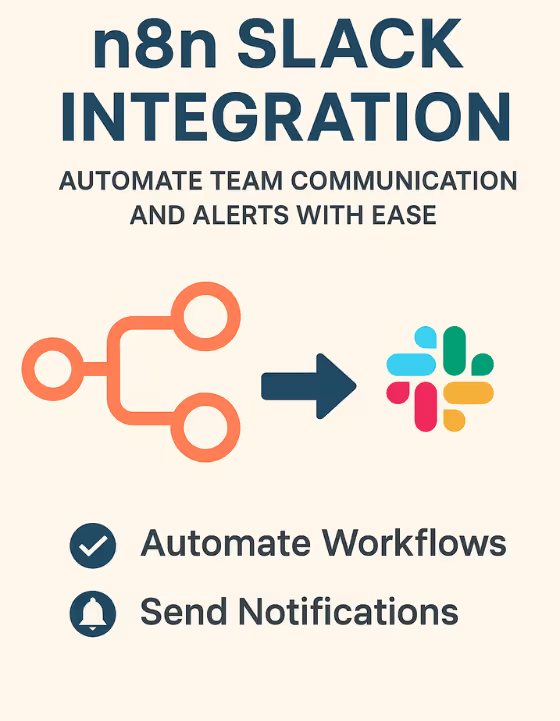




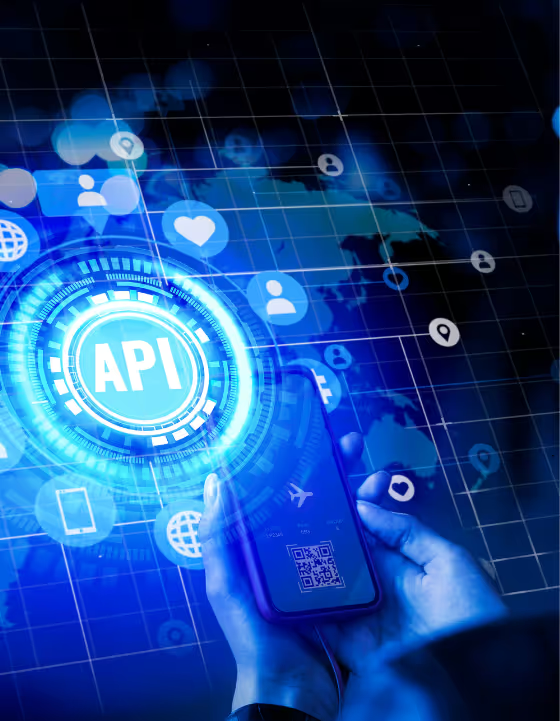









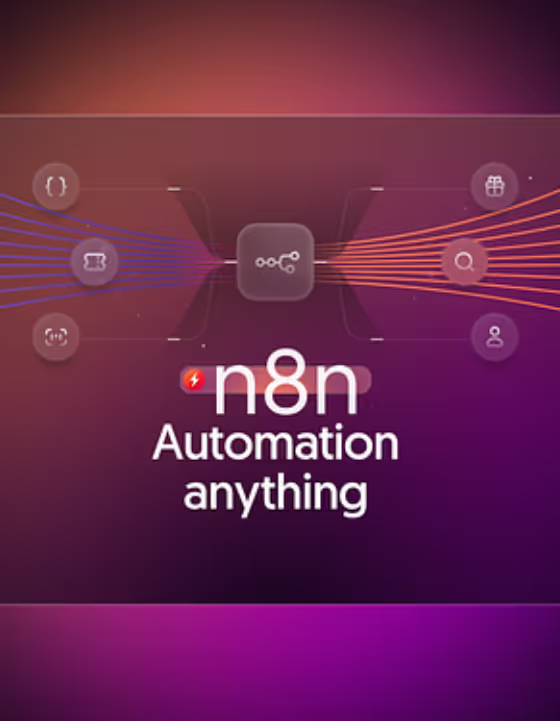

.avif)






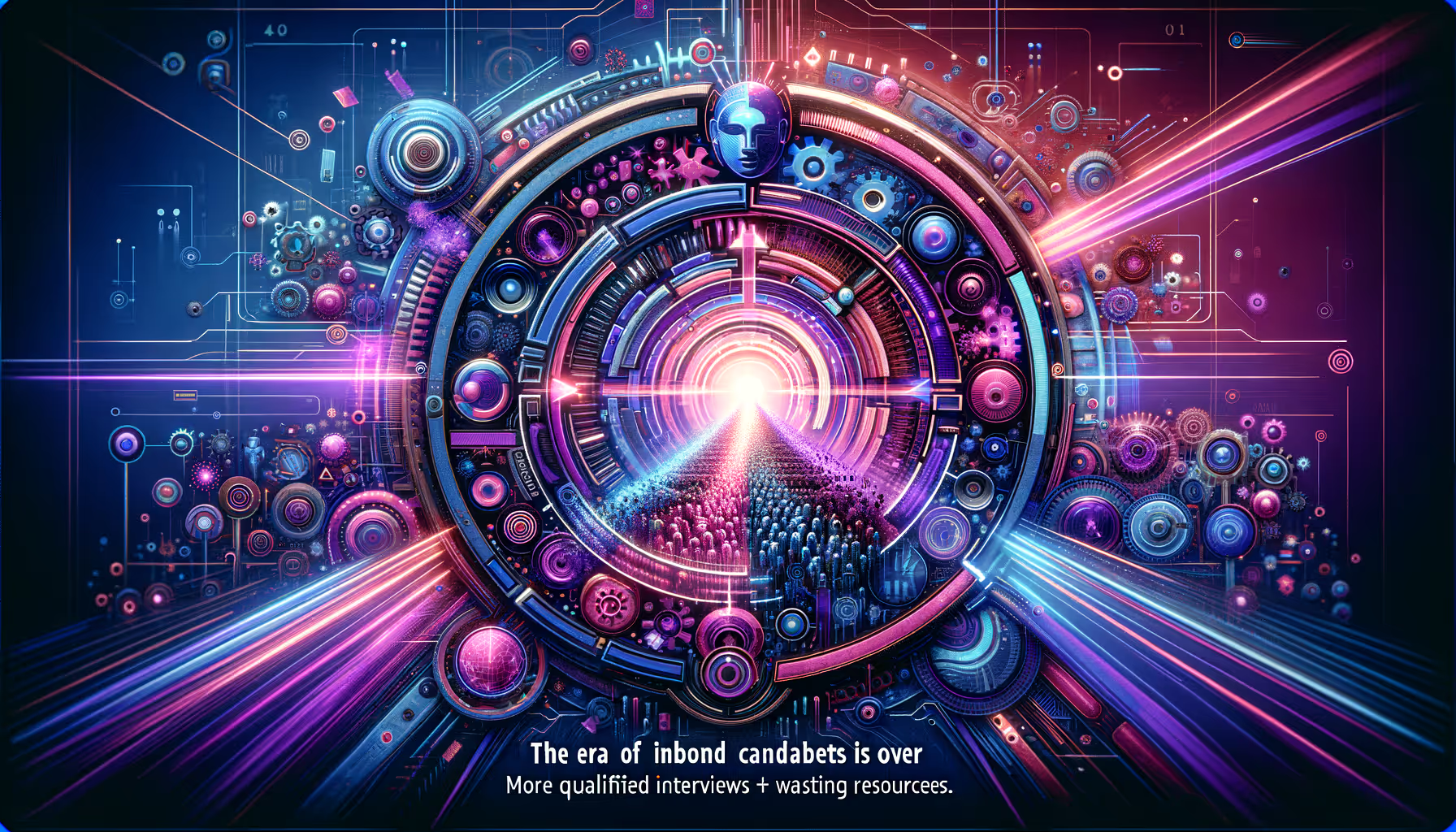
















.avif)














.avif)

.webp)





